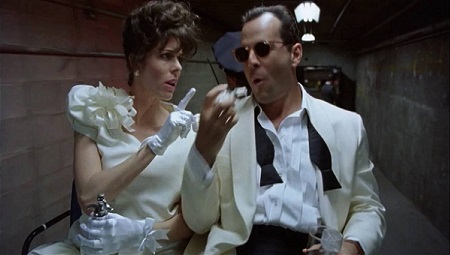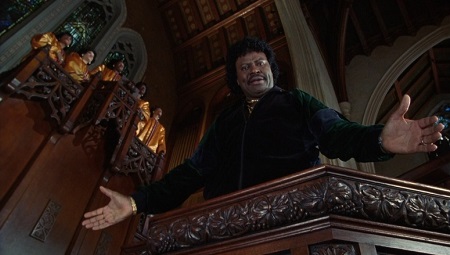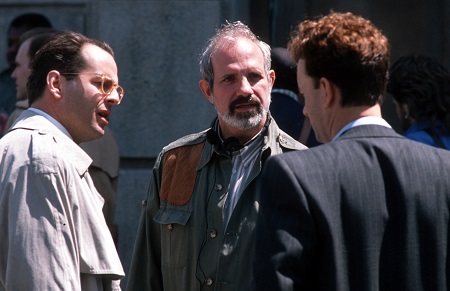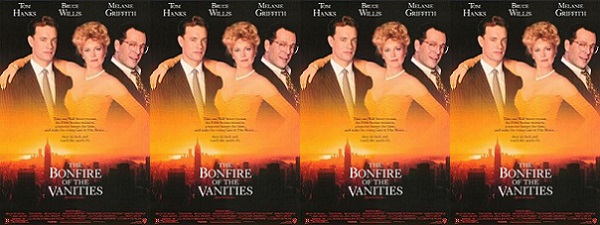A gritty story flush with racial and class sensibilities amidst conflicting power struggles seemed like a natural fit for a Brian De Palma directed film. The hard hitting black comedy satire that was the 1987 Tom Wolfe book The Bonfire of the Vanities became the poorly adapted, poorly cast movie The Bonfire of the Vanities (1990), losing over $31 million.

Tom Hanks starred as Sherman McCoy, a Wall Street bond trader who makes millions while enjoying the good life. Things move from top of the world with an ongoing affair with Southern belle gold digger Maria Ruskin, as portrayed by Melanie Griffith, get into trouble in the South Bronx wherein a hit-and-run accident leaves an African American youth severely injured. McCoy’s life begins to unravel with multiple angles in play about how to respond.

The movie version of The Bonfire of the Vanities stars Bruce Willis as the newspaper reporter Peter Fallow feels like an observer parody of Nick Carraway from F. Scott Fitzgerald‘s The Great Gatsby. Fallow breaks much of the public’s interest in the appearance of impropriety against Sherman McCoy, who is due to lose his wife and daughter, his profession, and ultimately his freedom. Kim Cattrall portrayed Sherman’s wife, Judy McCoy, with Kirsten Dunst portraying their daughter, Campbell McCoy.

Episcopal minister Reverend Bacon, as portrayed by John Hancock, is portrayed as one of many corrupted community leaders in the film and book. The court of public opinion with an underlying profit angle is placed aside the political ambition of a district attorney, pursuit of sexual favors from the assistant district attorney, and all antagonists in the storyline having an illegitimate motivation that values perceptions of truth over actual truth; this sense of satire as motivation includes Judge Leonard White, as portrayed by Morgan Freeman, prosecuting attorney Jed Kramer, as portrayed by Saul Rubinek, defense attorney Tom Killian, as portrayed by Kevin Dunn, District Attorney Abe Weiss, as portrayed by F. Murray Abraham, and others still.

Those having read the underlying Thomas Wolfe book will be decidedly disappointed by the movie, with casting and the Michael Cristofer screenplay contributing to this feel. The dissecting of motivation that so powerfully comes through with the book, and so strongly gets stated in first person testimonies in many circumstances, simply never shows up in the movie. Quite simply, that is a real shame for those aiming to understand the commentary that Wolfe‘s work really makes.

The Bonfire of the Vanities, in premise and subject matter, remains relevant. The hard hitting notions of the underlying conflicts, the efforts to get just outcomes without the taint of corruption, and the depth of the look within the movie resembles the book while taking too many departures, simplifications, and lost along the way qualities. Watching this movie simply does not do the story justice, which leads to my giving The Bonfire of the Vanities as directed by Brian De Palma 3.0-stars on a scale of 1-to-5.
Matt – Saturday, August 14, 2021
